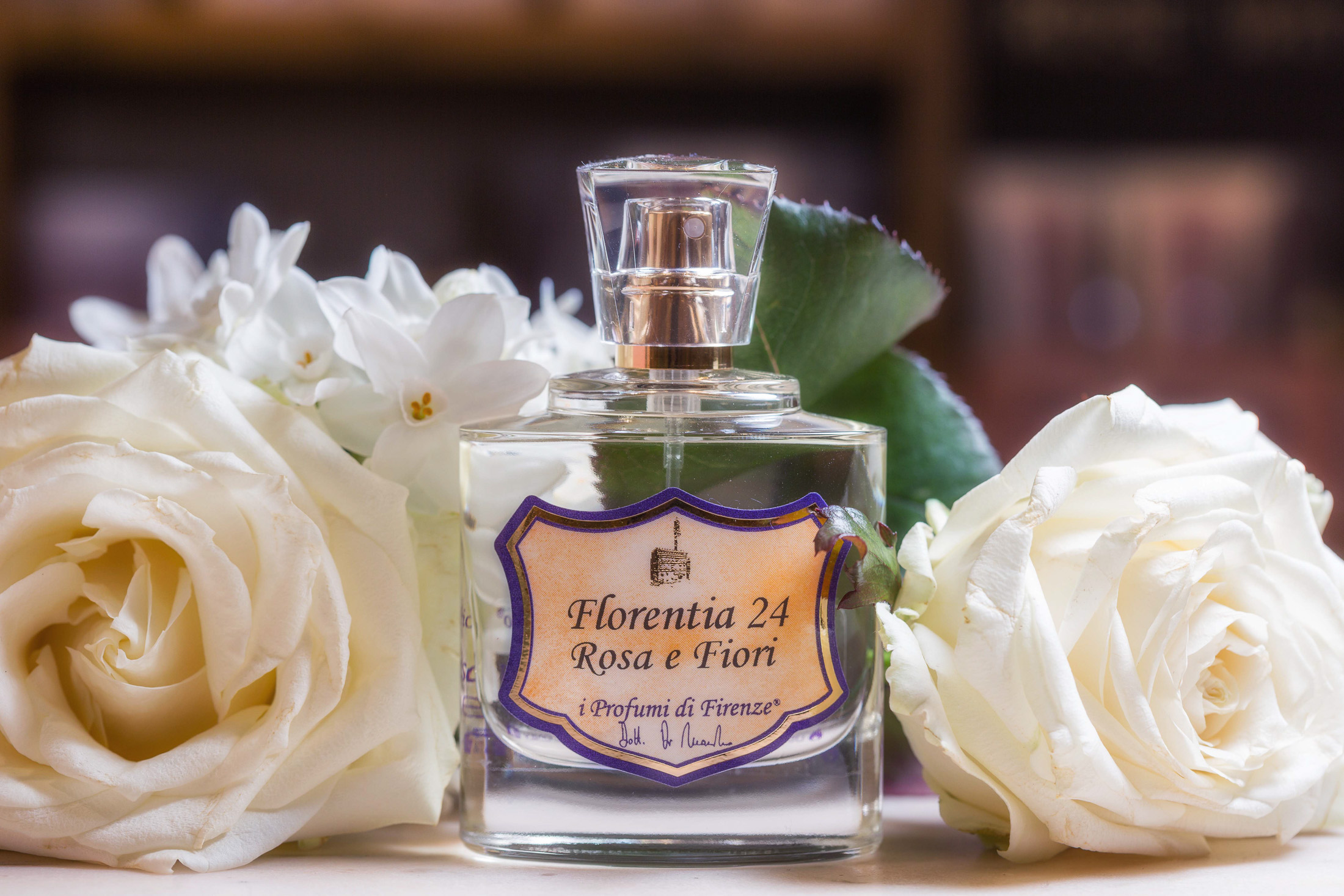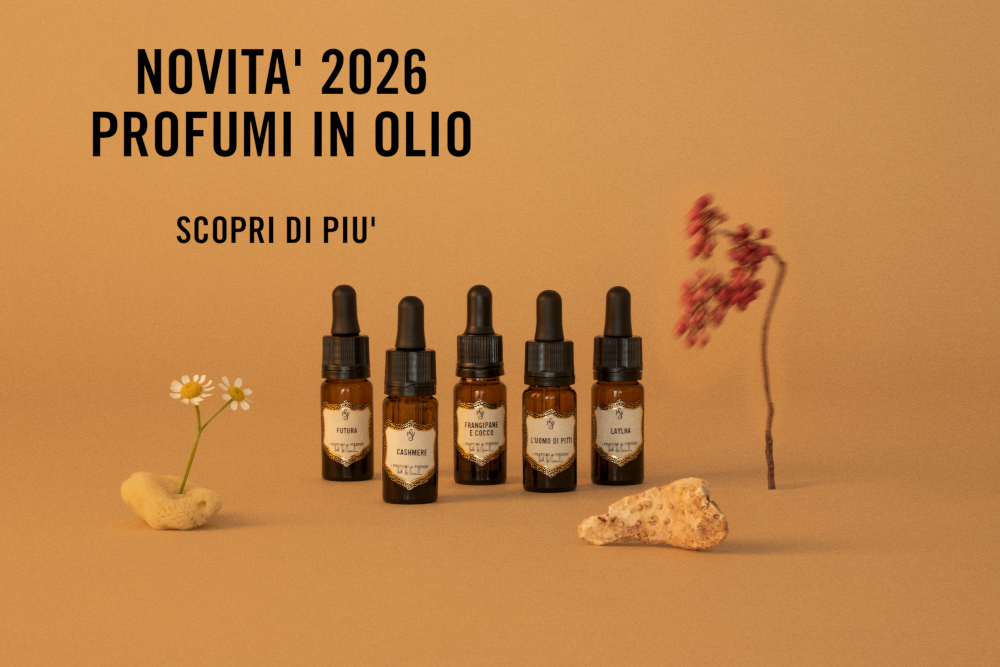Dry or Alipidic Skin
Dry skin is a skin type that characterizes most people, but is often not properly defined. To be precise, the term “dry skin” refers to alipidic skin (literally “lacking in lipids”): skin dryness is due to insufficient sebum secretion. The lower production of skin oils makes the skin more fragile and sensitive, prone to wrinkles and other signs of aging. This should not be confused with dehydrated skin, which is a temporary condition and not a skin type. In this case, the deficiency affects the water component, and often this condition is a direct consequence of having dry skin as a base. (1)
This is because our skin is superficially composed of a hydro-lipidic layer, consisting of lipids (oils) and water. If the lipid component is deficient, the barrier is compromised, resulting in transepidermal water loss and dehydration. Dry skin can be associated with skin disorders such as atopic dermatitis, psoriasis, or ichthyosis: consultation with a dermatologist is essential in these cases, as prescription products may be indispensable.
APPEARANCE
Dry skin tends to appear pale, with loss of elasticity and in some cases, inflammation. If it affects the face, pores appear tightened and blackheads are rare. In severe cases, it presents clinical signs of scaling or cracking. Moreover, unlike oily skin, dry skin is much more prone to premature skin aging: it is not uncommon for individuals with dry skin to complain of expression lines and crow’s feet on the face.
CAUSES AND REMEDIES
The main causes of dry skin are skin disorders, advanced age, or genetic predisposition, but healthy habits can intervene on the risk factors that can lead to this type of skin.
First of all, pay attention to your diet: the deficiency of some vitamins (especially vitamin A) can cause dry skin. It is therefore important to ensure adequate vitamin intake for the body, not only to keep the skin in full health. (1) Also, remember to drink at least 1.5 liters of water per day to keep the skin hydrated from the inside.
Protect your skin from external weather conditions: especially in summer, but also in winter, the skin should be protected from UV rays. For summer, use creams with very high protection factor, such as SUPER PROTECTIVE SUN CREAM SPF 50+; due to climate change, UV rays penetrate more and more atmospheric layers, which no longer represent a sufficient barrier to protect the skin from solar damage and dehydration. In winter, use a lightweight moisturizer with a sunscreen; REGENERATING BIO CREAM, thanks to hyaluronic acid and SPF 15, protects from UV rays while simultaneously hydrating. To protect yourself from wind and excessively cold temperatures, use CHAMOMILE and CALENDULA CREAM, which, thanks to its rich texture and emollient formula, creates a protective film on the skin and restores the lipid barrier.
by CHIARA DUILIO
BIOLOGIST
BIBLIOGRAFIA
- https://www.my-personaltrainer.it/bellezza/pelle-secca.html




